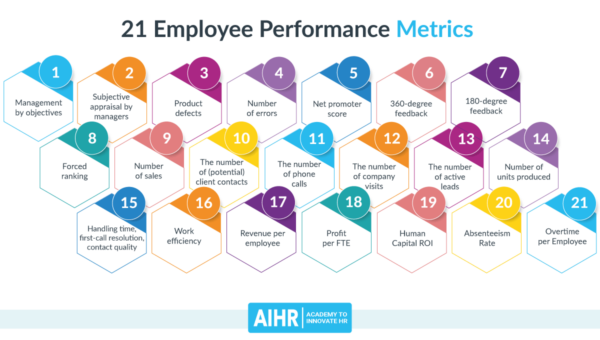Brief Information
Performance metrics are crucial indicators used to assess the efficiency, speed, and overall functionality of a website. They play a vital role in ensuring that users have a seamless and satisfactory experience when interacting with online platforms. For the website of FineVPN, a free VPN service provider, understanding and optimizing performance metrics are paramount to maintain user satisfaction and attract new users.
Detailed Information
Performance metrics encompass a wide range of parameters that measure various aspects of website performance, including speed, responsiveness, reliability, and user experience. These metrics provide valuable insights into the effectiveness of web pages, helping website owners identify areas for improvement and optimize their online presence.
Detailed Analysis of Key Features
Key features of performance metrics include:
- Page Load Time: The time taken for a web page to fully load in a browser.
- Page Size: The size of web page content, including text, images, scripts, and other elements.
- Server Response Time: The time it takes for the server to respond to a request from the user’s browser.
- Render Time: The time required to render the content of a web page in the browser.
- User Interactivity: Metrics related to user interactions with the website, such as click-through rates and conversion rates.
- Error Rates: The frequency of errors encountered by users while navigating the website.
Types of Performance Metrics
Performance metrics can be categorized into several types, including:
| Metric Type | Description |
|---|---|
| Speed Metrics | Measure the speed at which web pages load and respond to user actions. |
| Reliability Metrics | Assess the consistency and stability of website performance, including uptime and error rates. |
| User Experience Metrics | Evaluate the quality of user experience, including ease of navigation and engagement. |
Ways to Use Performance Metrics
Performance metrics can be utilized in various ways, including:
- Optimization: Identifying performance bottlenecks and optimizing website components to enhance speed and reliability.
- Benchmarking: Comparing performance metrics against industry standards and competitors to gauge competitiveness.
- Monitoring: Continuously monitoring performance metrics to detect issues and implement timely interventions.
- Reporting: Generating reports on performance metrics to track progress and communicate insights to stakeholders.
Problems and Solutions
Common problems associated with performance metrics include:
- Inaccurate Data: Data discrepancies due to various factors, such as network conditions and browser differences.
- Overemphasis on Speed: Focusing solely on speed metrics may neglect other aspects of user experience.
- Complexity: Managing and interpreting a large volume of performance data can be overwhelming.
These problems can be addressed through:
- Data Validation: Implementing data validation mechanisms to ensure the accuracy and consistency of performance metrics.
- Comprehensive Analysis: Taking a holistic approach to performance analysis by considering multiple metrics and their interrelationships.
- Automation: Leveraging automation tools to streamline the collection, analysis, and reporting of performance metrics.
Characteristics and Comparisons
Performance metrics are often compared with similar terms such as website analytics and quality of service (QoS). While website analytics focus on tracking user behavior and engagement, performance metrics specifically measure the technical aspects of website performance. Quality of service encompasses broader aspects of service delivery, including reliability, responsiveness, and user satisfaction.
Perspectives and Future Technologies
The future of performance metrics is closely tied to advancements in web technology and user expectations. Emerging technologies such as artificial intelligence and machine learning are poised to revolutionize performance monitoring and optimization by enabling predictive analysis and proactive problem resolution. Additionally, the proliferation of mobile devices and IoT (Internet of Things) devices will necessitate new approaches to performance measurement and optimization to accommodate diverse user contexts and preferences.
VPN and Performance Metrics
VPN (Virtual Private Network) services like FineVPN can impact performance metrics by introducing additional layers of network routing and encryption. While VPNs can enhance security and privacy, they may also introduce latency and bandwidth limitations that can affect website performance. Therefore, it’s essential for VPN providers to optimize their infrastructure and ensure seamless integration with website performance monitoring tools to minimize any adverse effects on performance metrics.
Resources for More Information
For further information about performance metrics, consider exploring the following resources:
- Google PageSpeed Insights: https://developers.google.com/speed/pagespeed/insights/
- WebPageTest: https://www.webpagetest.org/
- Pingdom Website Speed Test: https://tools.pingdom.com/
By leveraging performance metrics effectively, FineVPN can optimize its website performance, enhance user experience, and maintain a competitive edge in the VPN market.


